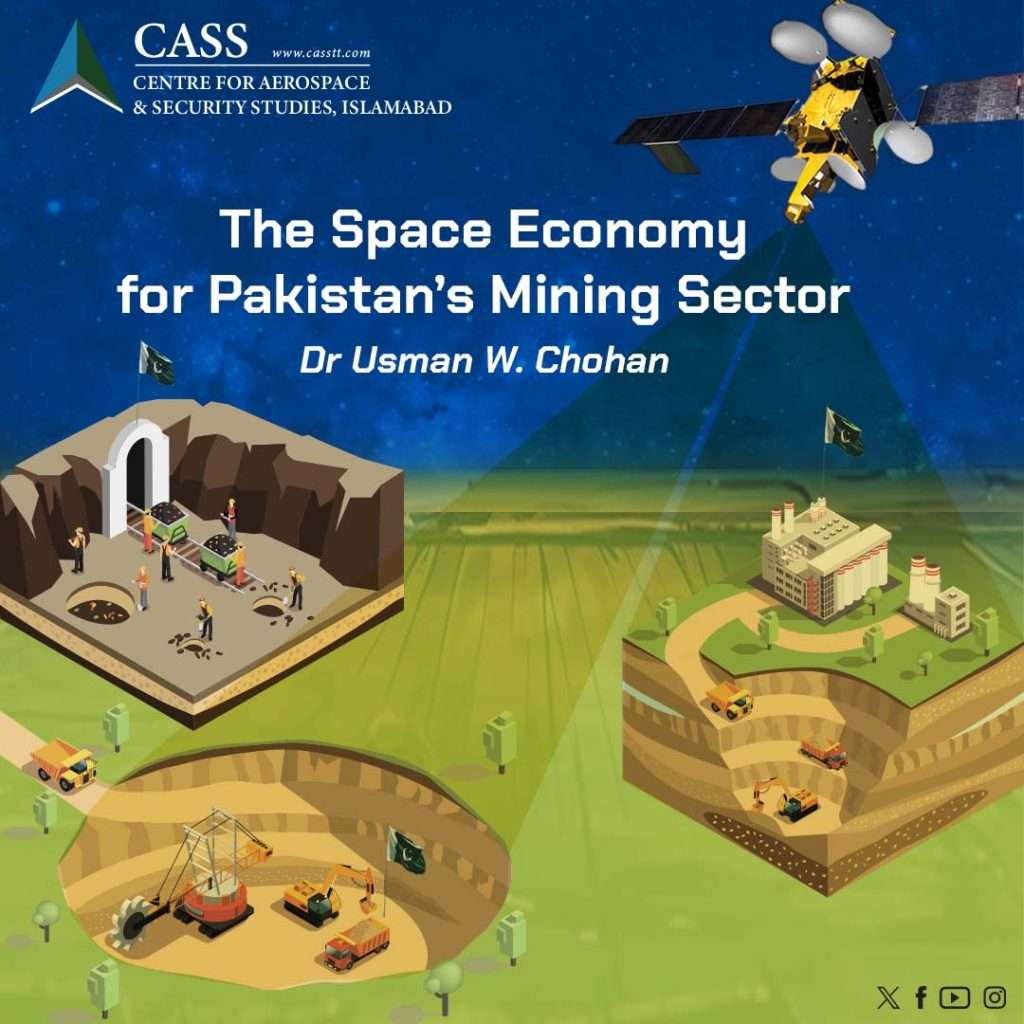The Naya Pakistan Housing Program (NPHP) seeks to address a chronic national shortage of affordable housing through the construction of five million homes over a five-year horizon.
Government statements stress the role of public-private partnerships (PPPs) in driving the momentum of NPHP, as the resource constraints of the government preclude it from delivering on such an ambitious program in so short a time. The general modality of the PPPs will be premised on the government’s procurement and provision of land, while the private sector will inject the necessary capital into spurring housing construction.
The use of PPPs, however, requires the proactive solicitation, contribution, and engagement of private enterprises, which does not appear sufficiently forthcoming at the present time. Because of the private sector’s reluctance, the NPHP now appears to be struggling to meet its essential deadlines.
The question is why the private sector would appear so reticent to participate in such an important social program. One aspect regards the overall economic situation, which is attributable to macroeconomic factors and to the brutal austerity imposed by the IMF, not to mention the venal politicization of the FATF.
That macroeconomic aspect has been carefully addressed elsewhere. However, what needs more careful attention is the legal-structural set of issues in the housing and mortgage sector as they influence private sector engagement – notably in the realm of banking jurisprudence.
In recent years, the decisions of the superior courts with respect to banking & mortgage financing have acted adversely toward private banks and non-bank financial institutions (NBFIs). More specifically, the courts have struck down private banking efforts to seek direct recourse and instead resort to ‘independent adjudicatory bodies.’
Three recent cases are illustrative of this: National Bank of Pakistan v Saif Textile Mills (2014), Summit Bank v Wasim and Co (2015), and Kalb-e-Haider v National Bank of Pakistan (2016). In each of these instances, the relevant High Court (or upon appeal in two cases, the Supreme Court) ruled against the banks and insisted that the only legal recourse would be through the relevant banking courts in a manner that “afforded the borrowers the due process of law.”
The legal process referred to in these judgments is the Due Process clause, which was incorporated into the Constitution of Pakistan somewhat recently through the 18th amendment. To put it in plain interpretation, should a customer default on a housing loan, banks cannot foreclose on the property by themselves. They must instead follow “due process” already laid down in the law, which in such cases means that banking courts are to recover the defaulted amounts.
These cases illustrate rigorous banking jurisprudence that aims to protects borrowers, which is both important and judicious in its own right. Furthermore, this protectionary approach reflects the courts’ good intentions to shield a broader class of borrower parties from predatory outcomes.
However, the consequences of such good intentions in complex financial matters are always two-sided. Although on one hand the borrower class is being is being conferred greater protections, on the other hand the present reality is that there is no interest from the private banking sector, including NBFIs, to engage in PPP arrangements for the government’s NPHP.
This is because, should there be substantial non-performing liabilities or other downward material risks incurred during the NPHP’s deployment, the private banking sector would be forced to follow long judicial processes (which would be reflected in their balance sheets) and/or surrender any claims on unpaying borrowers.
The backlog of cases in the courts assure the considerable lengthiness of this process, because due to constraints in judicial performance, recoveries are likely to be made after too long a period compared to the lending lifecycle of banks.
Taking a step back, we should recognize that the idea of good intentions bearing adverse repercussions for the economics of housing markets has been witnessed in many parts of the world, and the most iconic example is the Subprime Mortgage Crisis (2008) in the United States.
When the financial markets collapsed in 2008, it was because there were too many simultaneous defaults on non-performing mortgage loans in the banking sector, since too many borrowers did not have the means to repay their liabilities given that there were subprime (weak) borrowers to begin with.
But why were so many subprime individuals issued mortgages in the first place? Was it just that the bankers (or pejoratively: banksters) were greedy money-grubbers dying to issue loans for a quick buck? That may be partially true, but the original reason for the subprime crisis was nested in good intentions, and more specifically, in the realization of the “American Dream”.
It has long been mythologized in American capitalism that, since anyone can make it if they tried hard enough, the ultimate symbol of success would be the “American Dream” of owning a house with a yard. The power of this idea was so strong that, as far back as the 1990s, the Clinton administration signed it into law and created a set of policies that would make it possible for every American to one day own their own home.
Naturally, not everyone is meant to own a home, for a variety of reasons. Yet the good intentions of the American Dream, as materialized into lending policy, ultimately led entire financial market to collapse two decades after the instatement of the relevant laws.
In considering the policy options for spurring private sector engagement with the NPHP, a balance must be sought between the good intentions of protecting borrowers-in-misfortune and the good intentions of providing affordable housing to the people of Pakistan.
Reconciling competing and conflicting priorities is always the most difficult aspect of a comprehensive public policy regime, especially when both priorities are, from a moral standpoint, worthy of national pursuit. But at times, the irreconcilability must also be given due credence, and the repercussions of good intentions given due weight.
The writer is the Director for Economics and National Affairs at the Centre for Aerospace and Security Studies (CASS). He can be reached at cass.thinkers@gmail.com.
This article was first published in National Herald Tribune and can be accessed at http://dailynht.com/epaper/main.php?action=epaper&id=main&page=8&dt=14-11-2019





